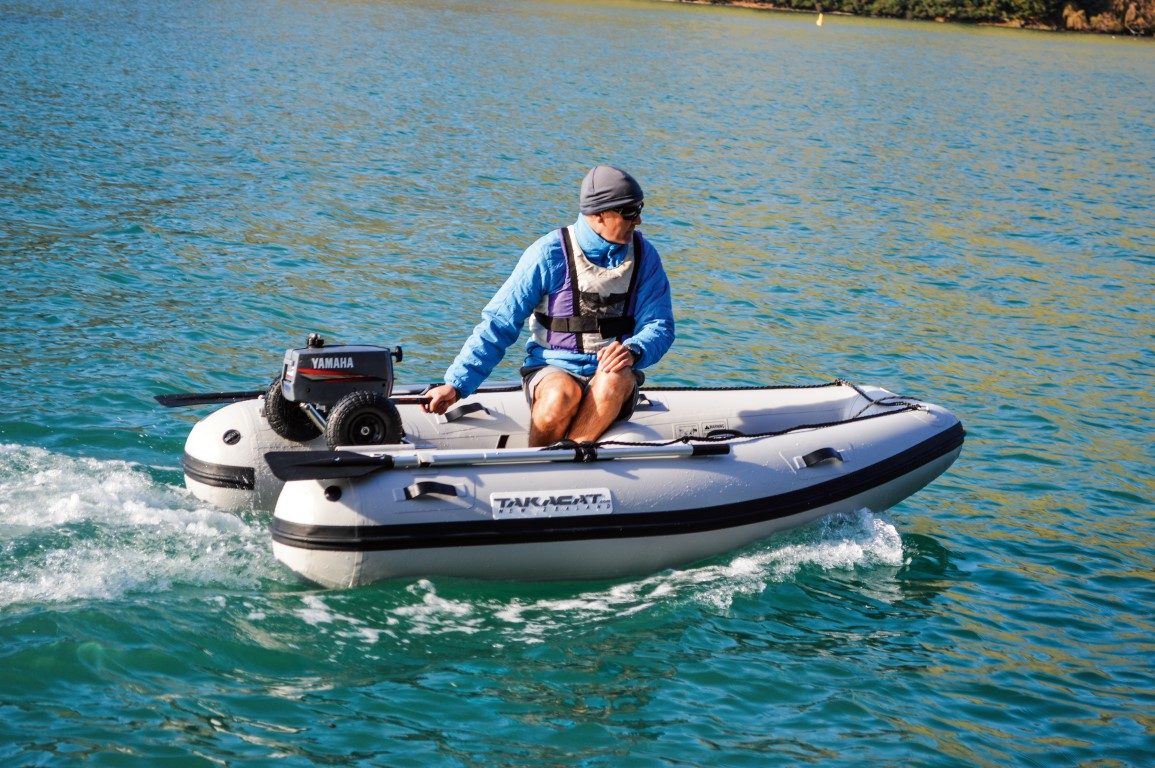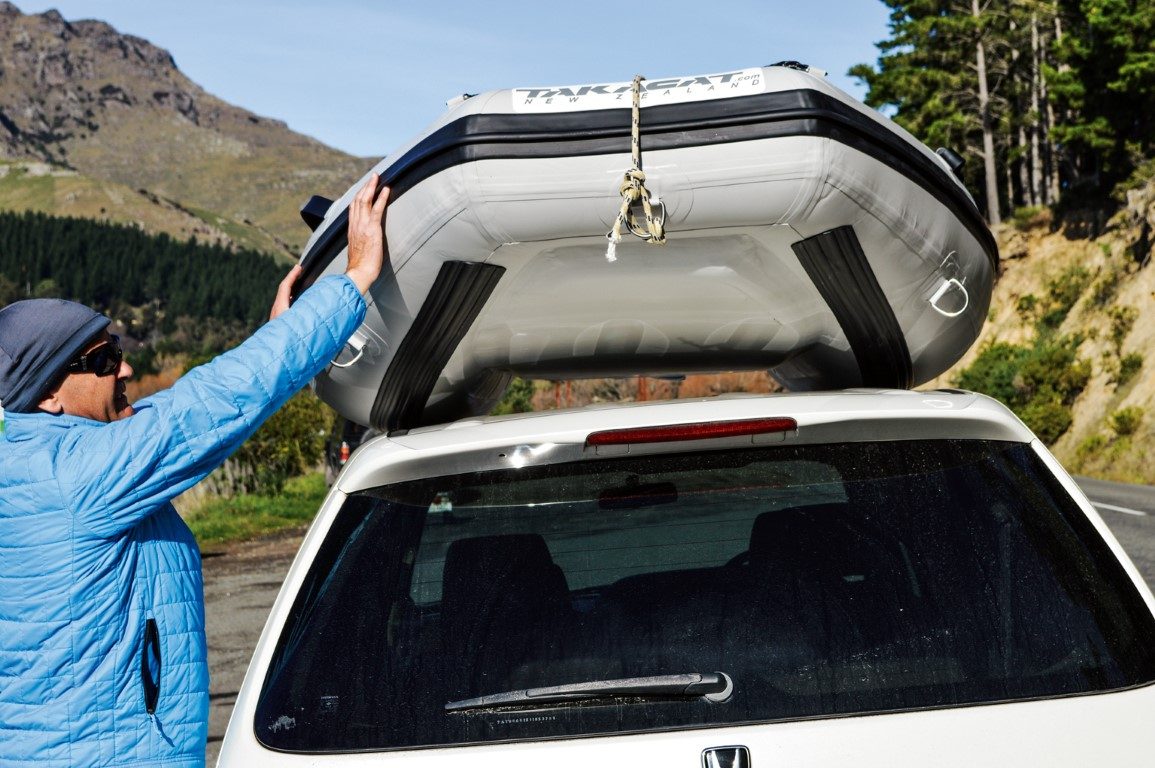‘Behemoth’ is a word which springs to mind or, perhaps more nautically, ‘leviathan’.
- Suitable as a yacht tender
- Suitable for off the beach
- Robust construction
- Lightweight
- Quick and easy to assemble
- Inflatable tender
- Owes inspiration to Thundercats
- Water in boat drains out aft
- Catamaran style hull













